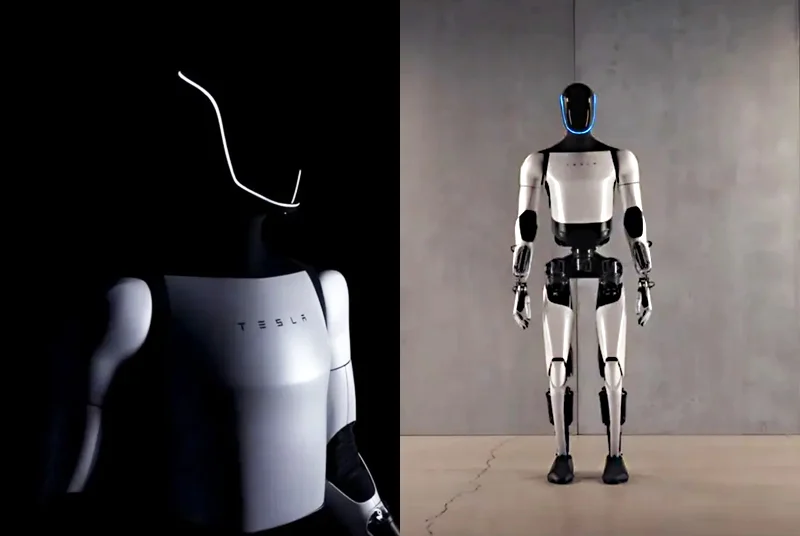
Tesla’s Optimus robot faced strong competition at the World Robot Conference in Beijing, where Chinese companies showcased their latest advancements in humanoid robotics. While Tesla’s Optimus remained motionless inside a clear box, other exhibitors demonstrated robots performing various tasks, including playing musical instruments, pouring drinks, and even engaging in martial arts. Elon Musk has highlighted Optimus’s potential to perform household chores like folding laundry and cooking, aiming to test the robots in Tesla’s factories next year. However, the current capabilities of Optimus remain uncertain.
The conference, which began last Wednesday, marked the debut of 27 humanoid robots, a record for the event. China’s rapid investment in humanoid robots mirrors its earlier push into electric vehicles, with over 100 billion yuan (approximately $14.01 billion) invested in the robotics industry over the last decade. Lanchi Ventures, a Chinese venture capital firm with 15-20 billion yuan under management, sees the next major development in humanoids occurring within the next two years, focusing on robots that can navigate complex manufacturing tasks and prioritize multiple objectives.
Shanghai-based Agibot, a startup founded in early 2023, showcased five new humanoid robots at the conference, some available for preorder. The startup plans to start delivering these robots by mid-October, emphasizing roles such as sales representatives, museum guides, and factory workers. Another notable exhibitor, Shenzhen-based Stardust Intelligence, demonstrated its Astribot S1 robot, capable of folding clothes and pouring wine. Founded by a former Tencent and Baidu robotics project member, Stardust uses artificial intelligence to enhance the imitation learning abilities of its robots.
Smaller companies like Galbot and Turui also presented their humanoid robots, which could perform tasks such as placing items into baskets or transporting soda cans. While these demonstrations varied in smoothness and speed, some showcased the limitations of current technology, as it was not always clear if the robots operated autonomously or under remote control.
Despite the rapid development seen in Chinese humanoid robots, Lanchi Ventures’ Wei Cao noted that Tesla and other U.S. companies likely hold a technological edge of one to two years. However, China boasts over 95% self-sufficiency in its humanoid robotics supply chain. Cao explained that Tesla’s decision not to actively showcase Optimus at the conference might stem from the robot’s already well-documented capabilities, as seen in promotional videos.
Jeff Burnstein, president of the U.S. Association for Advancing Automation, highlighted the growing interest in humanoid robotics, mentioning that many robots have moved beyond pilot programs and into actual use. His remarks were part of a recorded presentation at the Beijing event, with his association planning its own humanoid conference in Tennessee later this year.
Specialized development approaches were also discussed, with many companies focusing on perfecting individual components or specific functionalities of humanoid robots before expanding their capabilities. Shenzhen-based Limx Dynamics, supported by Alibaba, demonstrated a robot capable of maintaining balance on two legs and autonomously adjusting its tasks if conditions change.
Looking ahead, Shigeki Sugano, president of the Robotics Society of Japan, suggested that by 2030, robots might handle basic household tasks and cooperate with humans in caregiving roles. However, fully autonomous humanoids capable of expressing emotions are not expected until after 2050. Sugano identified battery life as a significant challenge, with current humanoid robots requiring a recharge after only two hours of operation.
Featured Image courtesy of Free Malaysia Today
Follow us for more robotics’ updates.
